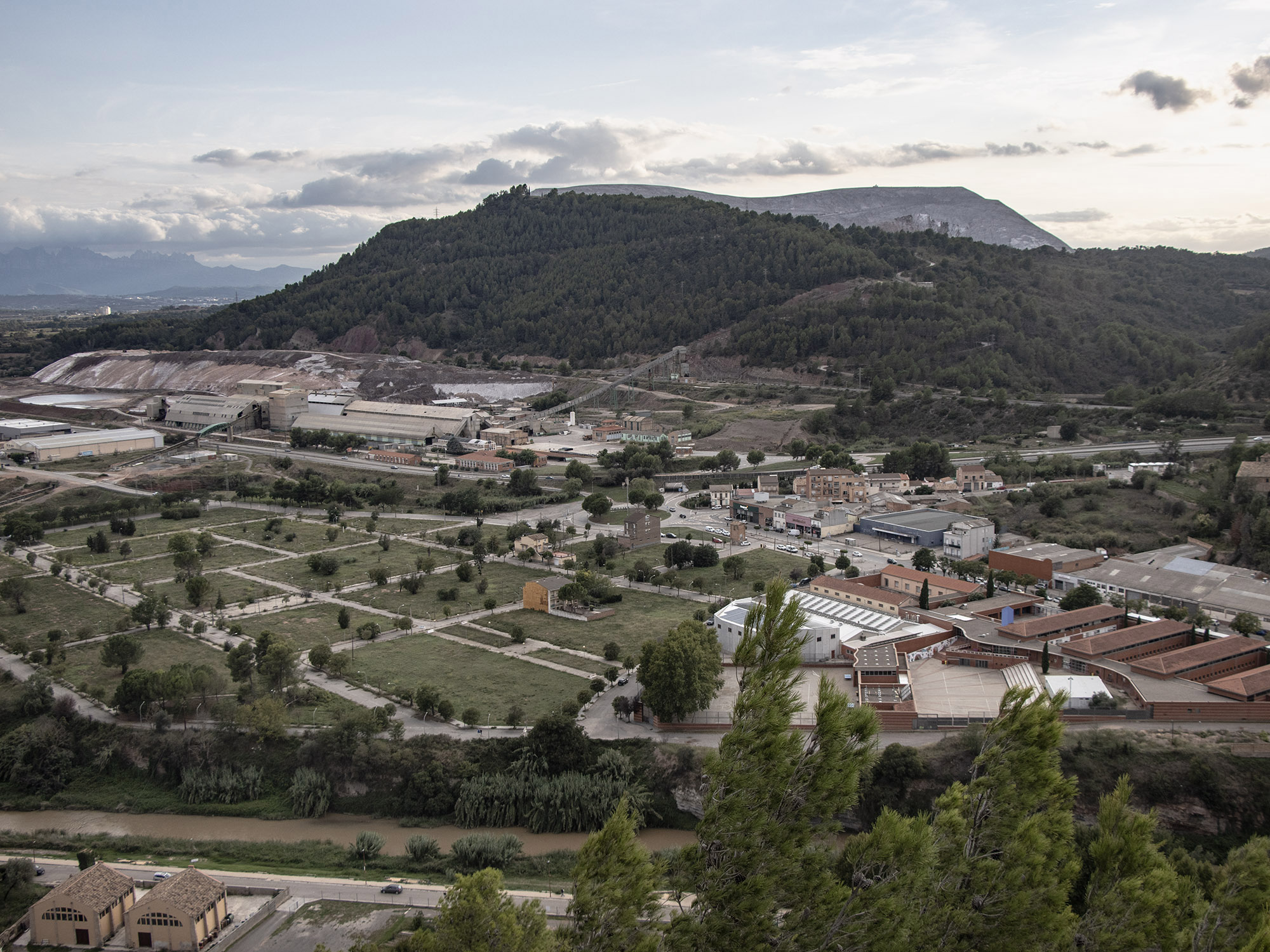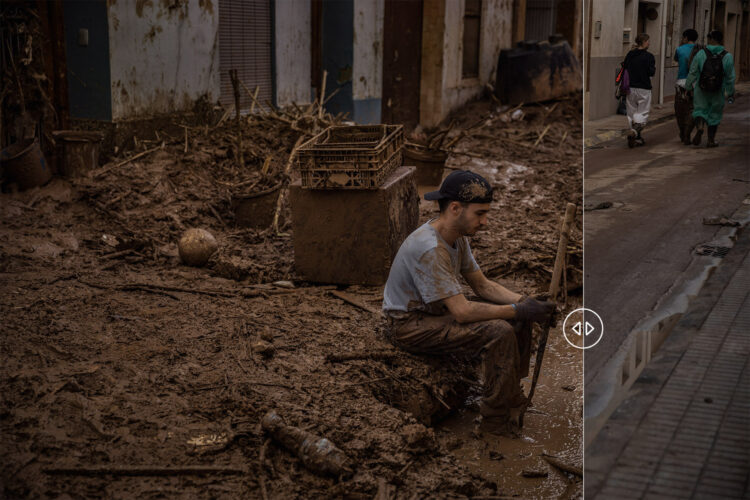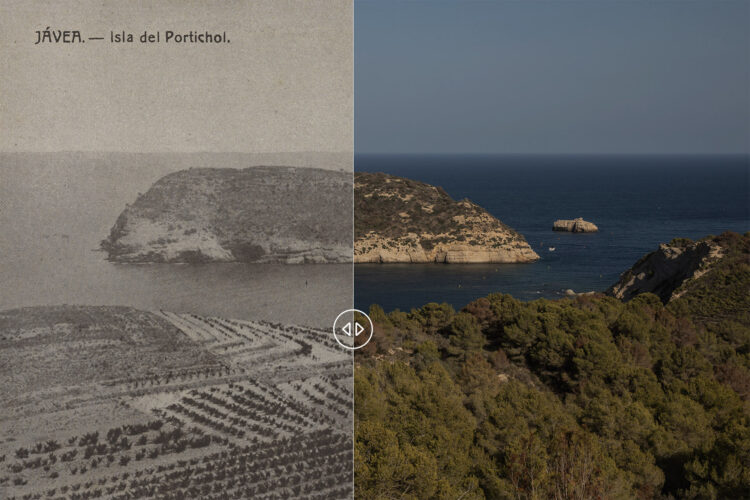September 21, 2024
This comparative shows the town of Sallent, in the province of Barcelona, Catalonia, seen from the Serrat del Xiprell viewpoint in two photographs taken in 2006 and 2024.
In the recent photograph, we can observe both the disappearance of the Estación neighborhood as well as the growth of the artificial saline waste mountain in the background of the photo which has surpassed the natural Cogulló mountain in front of it.
Sallent, situated in the Bages region, stands on a significant potash reserve, a potassium-rich salt used mainly as fertilizer to enhance agricultural yield. In 1932, mining operations began at the ‘Enrique’ mine to extract the mineral at a depth of approximately 260 meters. In the 1960s, construction of the Estación neighborhood started, largely built over the limits of the mine.
The mine experienced several water infiltrations in the western part of the neighborhood, and in 1954, during attempts to capture this water, a gallery was drilled, revealing a severe subsidence—a gradual sinking of land caused by mining activity. A large underground cavity, measuring 20 meters in diameter and 110 meters in height, was found, caused by water infiltration. The ‘Enrique’ mine was closed in 1974 due to water leaks, but cracks in the buildings of the neighborhood were not detected until 1997.
Given the situation, several studies concluded that the area had to be evacuated, and the buildings demolished due to the risk of ground collapse. The evacuation and relocation of residents took place progressively in the 2000s. Today, the neighborhood has almost completely disappeared, with only three families still living there, and it has become a large green space.
The Cogulló mountain is visible in the photograph and behind it is the artificial mountain of saline waste from the mine and the treatment plant in Sallent, managed by the private company ICL IBERIA (Iberpotash). A conveyor belt transported the saline waste from the plant to the summit. The “white” mountain eventually adopted the name of the nearby hill and is known as the ‘runam del Cogulló’ (waste hill of Cogulló in Catalan). In 2019, the disposal of waste was permanently halted, and the mountain stopped growing.
Today, this artificial mountain occupies an area of 48 hectares, weighs 40 million tons, and has a volume of 20 million cubic meters. The highest point of the mountain reaches 515 meters above sea level, meaning that from its base to its highest point, the deposit measures about 235 meters.
The result is evident in the photograph: the artificial waste mountain of the ‘runam del Cogulló’ is taller than the Cogulló itself.
Exact location (Google Maps): https://maps.app.goo.gl/xFaDhwtZJYTmbArB8
Credits:
2006: Marc Solernou Boivert
2024: Júlia Cussó Melero for Sonda Internacional






